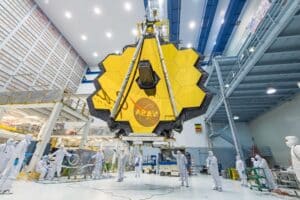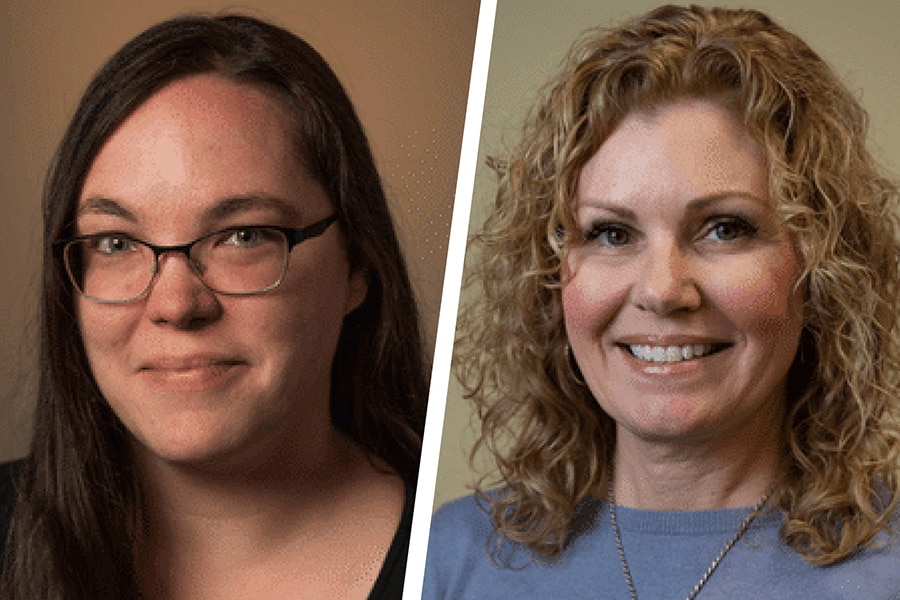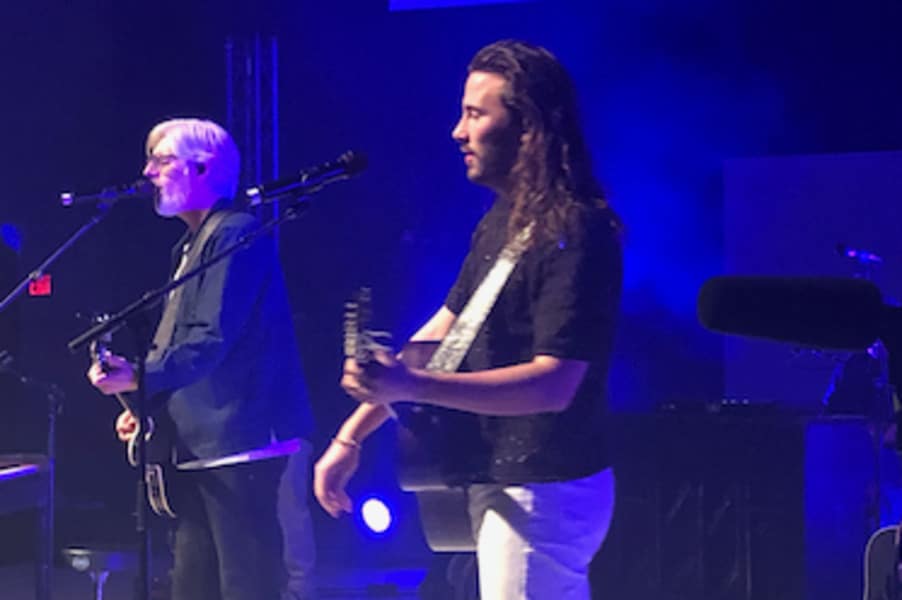Who hasn’t gazed at the stars in wonder? How did it all begin? What’s out there? Are we alone in the universe?
The new James Webb Space Telescope, scheduled to launch into space Dec. 22, may eventually help answer such questions.
A Belgian cosmologist and Catholic priest first published in 1931 what has become known as the big-bang theory (not the TV show). Monsignor Georges LeMaitre, who died in 1966, first posited that the universe was expanding, and then he put forth the idea that if it was, there was once a primordial atom that had contained all the matter in the universe.
Or as Scripture puts it: “And God said, ‘Let there be light.’”
According to Michael Menzel, NASA Mission Systems Engineer for the James Webb Space Telescope at the Goddard Space Flight Center in Greenbelt, the first galaxies started to coalesce around 13.76 billion years ago. He hopes JWST will help scientists explore “how galaxies change and evolve over the course of cosmic time.”
In that kind of time frame, the 24 years that Menzel has spent on the project seem like a blink of an eye. “I would love to be able to say that I worked on the telescope that saw the first galaxies,” the parishioner of St. John the Evangelist Parish in Frederick told the Catholic Review.
He said JWST – named for the second administrator of NASA – should be able to provide data to answer how the universe began. It may also provide some data about whether we are alone in the universe.
How can a telescope answer that question? Menzel explains that there are about 4,000 known exoplanets, that is, planets outside our solar system. Space telescopes such as Hubble and JWST can look at distant stars to detect dips in intensity, which if they occur regularly, indicate an eclipse of far-away suns.
As the telescope analyzes the wavelengths of light, “my hope is that James Webb, upon investigating some of the known exoplanets that we’ve discovered, may detect evidence of what we call biomarkers, compounds that would most likely be associated with some kind of life.” The telescope will study the dips of light in various spectral bands.
“If the planet’s atmosphere has, let’s say, carbon dioxide, you would notice the dip in the light indicative of carbon dioxide to be deeper than the other wavelengths of light,” Menzel said, adding that water, methane and other compounds would be detected by dips in their corresponding wavelengths.
As one of the engineers working on JWST, Menzel said, “It’s one of my deepest hopes that we will detect that, and James Webb theoretically should be sensitive enough to squeeze that signal out.”
Many Catholic scientists have made significant discoveries over the centuries. Monsignor LeMaitre was not the first and he’s not alone in the quest for truth. Jesuit Brother Guy Consolmagno, director of the Vatican Observatory, specializes in planetary science. “The thing that makes us human is this curiosity, this not being satisfied with the answer,” and that is the key to doing science, Brother Consolmagno said Oct. 21 during an online “MasterClass for Global Leaders” focusing on the work of NASA and the Vatican Observatory.
Menzel said he is often asked whether religion and science are compatible. “I have absolutely no conflict between religion and science. They both are seeking the truth. It’s only their methods that are different.”
He added, “I hope that we discover something that no one has ever thought to ask. And that has been true of every significant astronomical telescope we put into space. We’ve seen things that we just didn’t know we’d even see, and they opened up a whole new bunch of questions.”
If we already believe that God, having existed outside of space and time before eternity, created the universe, does actually seeing the big bang or the earliest galaxies make a difference? It certainly does not make the miracle of creation any less remarkable.
Our human sense of wonder is a gift from God, and the JWST is another tool to engage our curiosity. Godspeed!
Email Christopher Gunty at editor@CatholicReview.org
Also see
Copyright © 2021 Catholic Review Media



